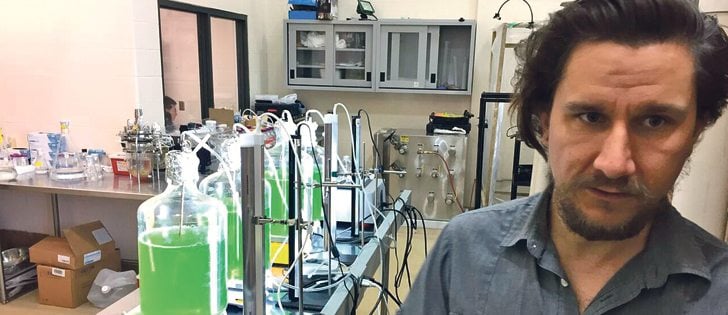I’ve been in a livestock nutrition and feeding conference, the Western Nutrition Conference, for the past couple of days.
It’s a couple of large meeting halls filled with some of the world’s best livestock feeding and nutrition experts, and the prairie farmers and livestock feeders who want to know what the cutting-edgiest researchers are discovering.
Two speakers yesterday, from Illinois and the U.K. both focused on the trend of world population growth and increased human nutritional consumption and said that by 2050 the world will have to double its food production. Wow – that sounds like the future’s going to be golden for both crop and livestock producers!!!
Read Also

Budget seen as fairly solid, but worrying cracks appear
The reaction from the agriculture industry to prime minister Mark Carney’s first budget handed down November 4th has been largely positive.
But for the past 15 years I’ve been hearing glowy predictions like this, and somehow farmers don’t seem to come out the winner in any real way. Remember the 1990s? I sat through dozens of presentations by “futurists” that predicted mass food shortages and high, high grain prices forever because of world population and wealth growth. Those were supposed to click in a decade ago. Farmers can be forgiven for not noticing this happening, because it hasn’t.
Lots of factors have gotten in the way: increased yields in crops; increased efficiency in livestock production; etc.
For a year or two it did seem like it was finally going to happen. In 2007-08 crop prices rose dramatically, but we all know what happened then. After that sudden rise and subsequent fall, I doubt farmers have much of a clear sense at all of where crop prices will be in the long run. In this week’s paper (out today) David Reimann of Informa Economics is in a story giving his best guess about where we’re at and where we’re going. But it’s hard in the real world of farming year by year to have a sense of whether and how much to invest in crop and livestock production, because the price and profit swings are so vast.
To the folks speaking at the conference, 2007-08 might look like a blip and in 40 years it may turned out to be a blip on a trend in a long term chart that shows increasing world consumption and prices. For them, the long term trends look good for agriculture, but unfortunately farmers don’t live long term trends but have to survive harvest by harvest, and livestock cycle by cycle. A long term trend doesn’t mean much if its blips wipe you out. (As JM Keynes pointed out: all this talk of the long run is misplaced. In the long run we’re all dead.)
So I asked one of the speakers about whether this volatility would undermine the willingness of farmers and commercial ag businesses to invest enough in the industry to produce all the extra crops and meat that the world would apparently need. Last year’s price surge and slump might make a prudent farmer stand back, rather go all-in.
He didn’t seem to have considered this question before, but said that farmers knew and expected volatility so it probably hasn’t rattled too many too much. Hmmmmmm. . .
Economists and traders often look at trends on charts and project them to continue far into the future. The famous line of traders is: “The trend is your friend.” You want to spot the trend early and get in. But you also want to be able to jump off at the right point. That’s why the extended version of the phrase is: “The trend is your friend until the end when it bends.”
Economists can be wrong but still have a job if they were wrong for a theoretically right reason. Traders can bail out of positions quickly and stay in business. But it’s hard as a farmer to liquidate your position when it exists in land, bins, equipment, barns, pigs, cattle. And being wrong for a right reason still leaves you broke and a non-farmer.
So my excitement about these golden predictions leading to 2050 were tempered by what I’ve seen. I chatted with some farmers there, and they were similarly cautious about buying-in to another set of hopes. The academics and the researchers might be cheerfully embracing friendly trends, but the farmers seemed less willing to throw their arms around this new friend. In a farming world in which past newly-made friends have proven themselves to be willing to spin around and slap you in the face, you’re likely to wait a while before letting another one in too close.
Now, back to the conference . . .















